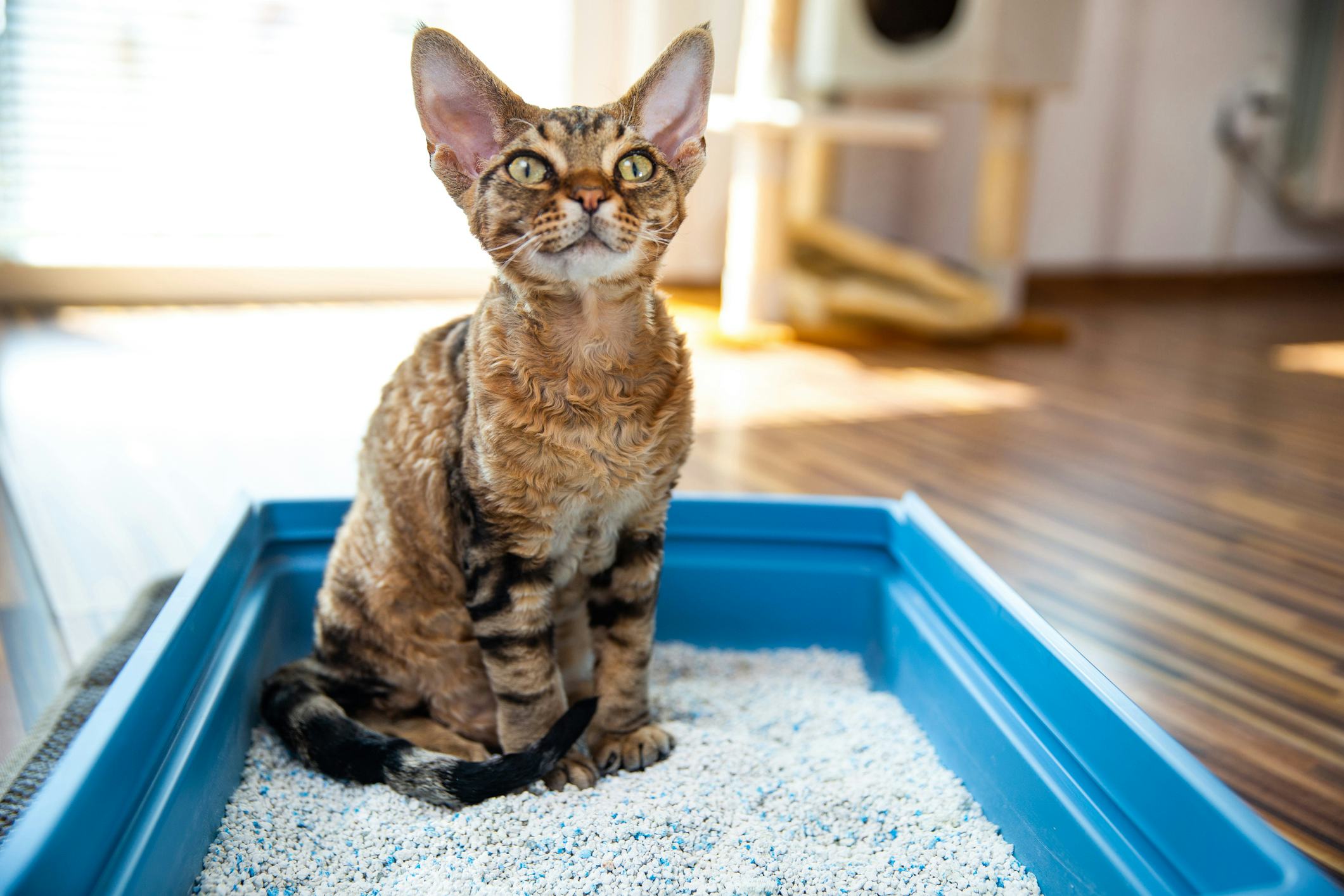Are you currently trying to locate tips around How to Dispose of Cat Poop and Litter Without Plastic Bags?

Introduction
As pet cat proprietors, it's necessary to bear in mind exactly how we throw away our feline friends' waste. While it might seem convenient to flush feline poop down the toilet, this technique can have damaging repercussions for both the atmosphere and human health.
Environmental Impact
Flushing cat poop introduces harmful pathogens and parasites right into the water supply, presenting a significant risk to marine environments. These pollutants can negatively influence marine life and concession water quality.
Health and wellness Risks
Along with ecological problems, flushing cat waste can likewise pose health and wellness dangers to people. Feline feces might have Toxoplasma gondii, a bloodsucker that can trigger toxoplasmosis-- a possibly serious illness, specifically for expectant females and people with weakened body immune systems.
Alternatives to Flushing
Thankfully, there are safer and much more responsible ways to throw away pet cat poop. Think about the following choices:
1. Scoop and Dispose in Trash
One of the most usual method of getting rid of feline poop is to scoop it right into a naturally degradable bag and throw it in the trash. Be sure to utilize a devoted clutter inside story and dispose of the waste promptly.
2. Usage Biodegradable Litter
Select naturally degradable feline clutter made from materials such as corn or wheat. These clutters are environmentally friendly and can be securely taken care of in the trash.
3. Bury in the Yard
If you have a yard, consider burying pet cat waste in a designated area away from vegetable gardens and water sources. Make sure to dig deep sufficient to avoid contamination of groundwater.
4. Set Up a Pet Waste Disposal System
Purchase a family pet waste disposal system particularly developed for cat waste. These systems use enzymes to break down the waste, reducing odor and environmental influence.
Final thought
Accountable pet dog ownership expands beyond giving food and shelter-- it also includes proper waste administration. By avoiding flushing feline poop down the bathroom and choosing alternative disposal methods, we can minimize our environmental footprint and shield human health.
Why Can’t I Flush Cat Poop?
It Spreads a Parasite
Cats are frequently infected with a parasite called toxoplasma gondii. The parasite causes an infection called toxoplasmosis. It is usually harmless to cats. The parasite only uses cat poop as a host for its eggs. Otherwise, the cat’s immune system usually keeps the infection at low enough levels to maintain its own health. But it does not stop the develop of eggs. These eggs are tiny and surprisingly tough. They may survive for a year before they begin to grow. But that’s the problem.
Our wastewater system is not designed to deal with toxoplasmosis eggs. Instead, most eggs will flush from your toilet into sewers and wastewater management plants. After the sewage is treated for many other harmful things in it, it is typically released into local rivers, lakes, or oceans. Here, the toxoplasmosis eggs can find new hosts, including starfish, crabs, otters, and many other wildlife. For many, this is a significant risk to their health. Toxoplasmosis can also end up infecting water sources that are important for agriculture, which means our deer, pigs, and sheep can get infected too.
Is There Risk to Humans?
There can be a risk to human life from flushing cat poop down the toilet. If you do so, the parasites from your cat’s poop can end up in shellfish, game animals, or livestock. If this meat is then served raw or undercooked, the people who eat it can get sick.
In fact, according to the CDC, 40 million people in the United States are infected with toxoplasma gondii. They get it from exposure to infected seafood, or from some kind of cat poop contamination, like drinking from a stream that is contaminated or touching anything that has come into contact with cat poop. That includes just cleaning a cat litter box.
Most people who get infected with these parasites will not develop any symptoms. However, for pregnant women or for those with compromised immune systems, the parasite can cause severe health problems.
How to Handle Cat Poop
The best way to handle cat poop is actually to clean the box more often. The eggs that the parasite sheds will not become active until one to five days after the cat poops. That means that if you clean daily, you’re much less likely to come into direct contact with infectious eggs.
That said, always dispose of cat poop in the garbage and not down the toilet. Wash your hands before and after you clean the litter box, and bring the bag of poop right outside to your garbage bins.
https://trenchlesssolutionsusa.com/why-cant-i-flush-cat-poop/

We had been made aware of that editorial on Can You Flush Cat Poop Down The Toilet? from a good friend on our other domain. Sharing is nice. You won't know, you may very well be helping someone out. Thanks so much for going through it.
At This Website